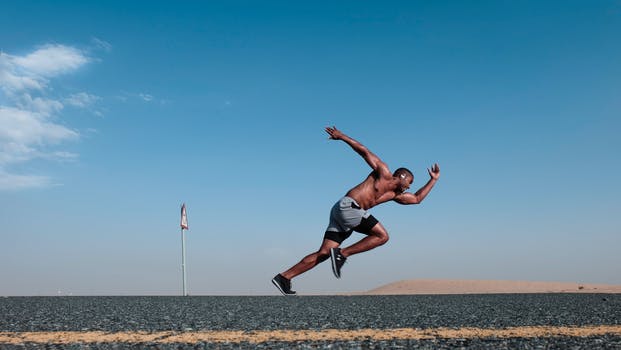The Olympic lifts and their variations are used extensively in the conditioning of athletes. This is because they are a ground-based, total-body exercise that develops power against resistance. While competitive weightlifters and other athletes both use these lifts for training, they approach these lifts differently. The competitive weightlifter is training to lift as much weight on these lifts as possible. Other athletes use these lifts to enhance their power production. With that in mind, it makes sense to focus the training of most athletes around using these lifts in a manner that provides the best transfer to sports performance.
There are a number of schools of thought on this. One advocates lifting lighter weights with the idea that this results in faster movements and thus more power. One advocated lifting heavier weights with the idea being that no matter the weight on the bar, a successful lift must be performed in a narrow time window so more weight results in greater power output. Quite a lot of research has been done on this and indicates that these lifts have the greatest power output somewhere between 50% of 1-RM and 90% of 1-RM. Now, clearly this is a wide range. Comfort et al, in the November issue of the Journal of Strength and Conditioning Research look at this.
Their study was designed to determine the load at which peak power is achieved during the power clean in collegiate athletes. To do this, the authors studied 19 field-sport athletes (rugby, field hockey, soccer) with a mean power clean 1-RM of 107% of bodyweight. The subjects randomly performed sets of three repetitions with each of 30%, 40%, 50%, 60%, 70%, and 80% of 1-RM and had the power output of those lifts analyzed.
Results:
• In terms of peak force production, as you’d expect the force production increased as the load increased and peaked at 80% of 1-RM.
• For peak power production, this also increased as the load increased but it peaked at 70% of 1-RM, decreasing at 80% of 1-RM.
• The rate of force development also increased as the load increased but it peaked at 70% of 1-RM, decreasing slightly at 80% of 1-RM.
The results reinforce the need to focus on moderate loads for the greatest power output. The truth is that this is probably occurring at somewhere between 50-90% of 1-RM, depending upon the athlete. This suggests that from a strength and conditioning standpoint, focusing on excessively light weights is an unproductive use of the athlete’s training time. Likewise, there isn’t really a need to focus on super heavy weights, especially when one factors in the breakdown in technique and increased injury risks that would be associated with that.
Comfort, P., Fletcher, C., and McMahan, J.J. (2012). Determination of optimal loading during the power clean, in collegiate athletes. Journal of Strength and Conditioning Research, 26(11): 2970-2974.

